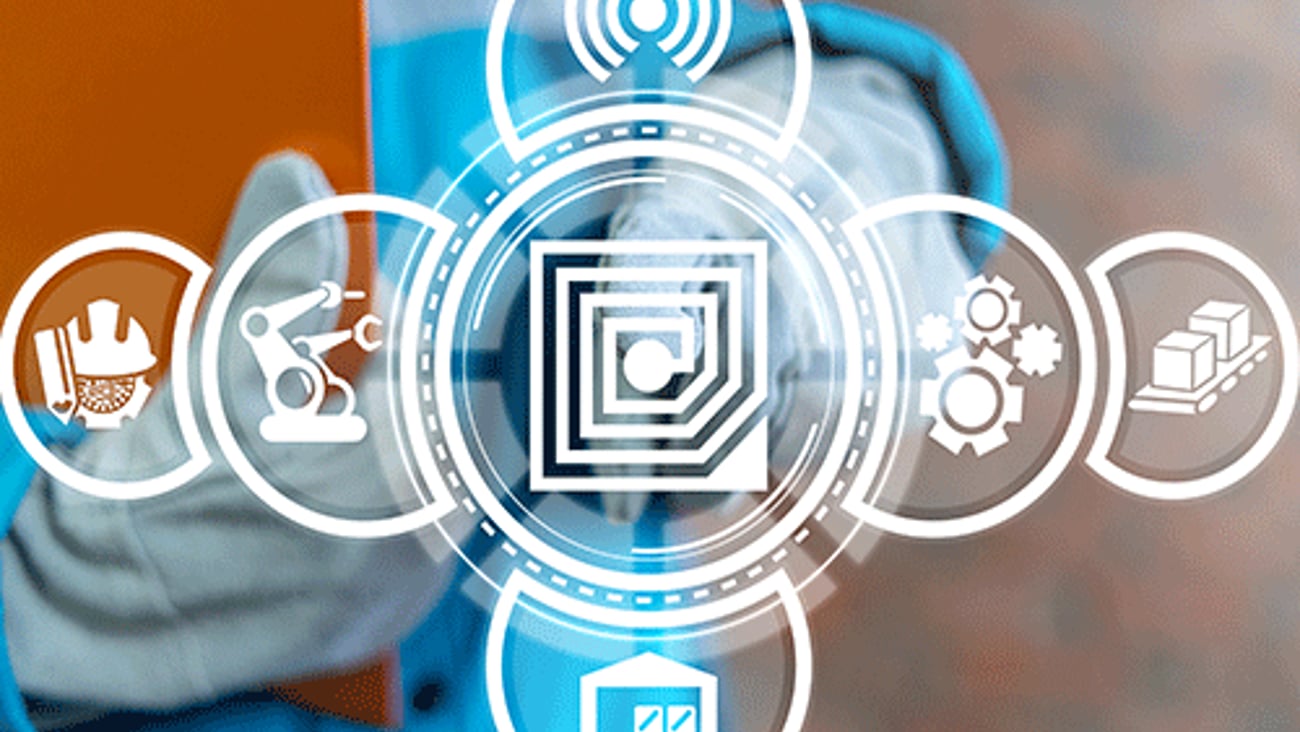Ultrafast delivery is gaining momentum
‘On-demand’ delivery is starting to be measured in minutes, rather than hours.
European fast delivery startup Gorillas, which fulfills online grocery orders in 10 minutes or less, is debuting in Brooklyn at the end of May. And Philadelphia-based Gopuff, which provides speedy delivery (in as little as minutes) of immediate everyday needs, is expanding on the West Coast.
While ultrafast delivery services that fulfill orders in less than 15 minutes are nothing new, they have mostly been offered on a highly localized basis by smaller platforms. Gorillas and Gopuff represent a new step in the evolution of ultrafast delivery.
Here are three reasons why ultrafast delivery is poised to become a mainstream omnichannel commerce offering.
Micro-fulfillment
Primarily found in the grocery and CPG verticals, micro-fulfillment uses small-scale warehouse facilities located in urban areas to operate same- or next-day delivery order fulfilment.
“Micro-fulfillment centers allow for high-density product storage and use shuttle systems or other forms of material handling automation to put away and retrieve products for consumer orders at high speed,” Tom Enright, VP and analyst with Gartner, told Chain Store Age. “The model is a goods-to-person style of automation and robotics, where the human stays in one place and automation delivers the goods to be picked to them.”
Gorillas provides on-demand grocery delivery via bicycle in 10 minutes or less. To meet this deadline, the company operates various micro-warehouses in each neighborhood it serves. Meanwhile, Gopuff operates more than 200 micro-fulfillment centers servicing over 500 U.S. cities.
Mobile apps
The growth of on-demand delivery in general (more on that in a moment) has been spurred by the ability to provide these services via mobile app. While many customers use desktop sites to place on-demand orders, mobile apps provide a streamlined shopping and payment experience that lends itself to the immediate nature of ultrafast delivery.
For example, Gorillas provides a mobile shopping experience designed to mirror a trip to the supermarket, with in-app “aisles” organized how they would be in physical aisles for easier browsing. And on the fulfillment end, equipping delivery personnel with apps that instantly notify them of customer orders and simplify the picking and packing process helps minimize the time lapse between purchase and fulfillment.
Same-day delivery is everyday
Finally, the growth trajectory of ultrafast delivery is magnified by the existing success of same-day delivery programs that fulfill orders in two hours or less. Unless you were an urban college student or a retail tech reporter in the late 1990s and early 2000s, you probably don’t remember Kozmo.com. It was an online startup that delivered popular products like ice cream and videotapes (!) within an hour.
Kozmo.com failed in 2001, due to its difficulties in creating a profit model and the much smaller base of online shoppers to target. The company has attempted comebacks over the years and supposedly will be relaunching soon, and I’d love to see it succeed. The point is, 2021 is a very different landscape than 2001.
Successful one- and two-hour delivery platforms now serve as prototypes for ultrafast services, and consumers of all ages are becoming used to purchasing almost every type of product via on-demand delivery. With the right supporting infrastructure, ultrafast delivery could be on the fast track to further growth.







